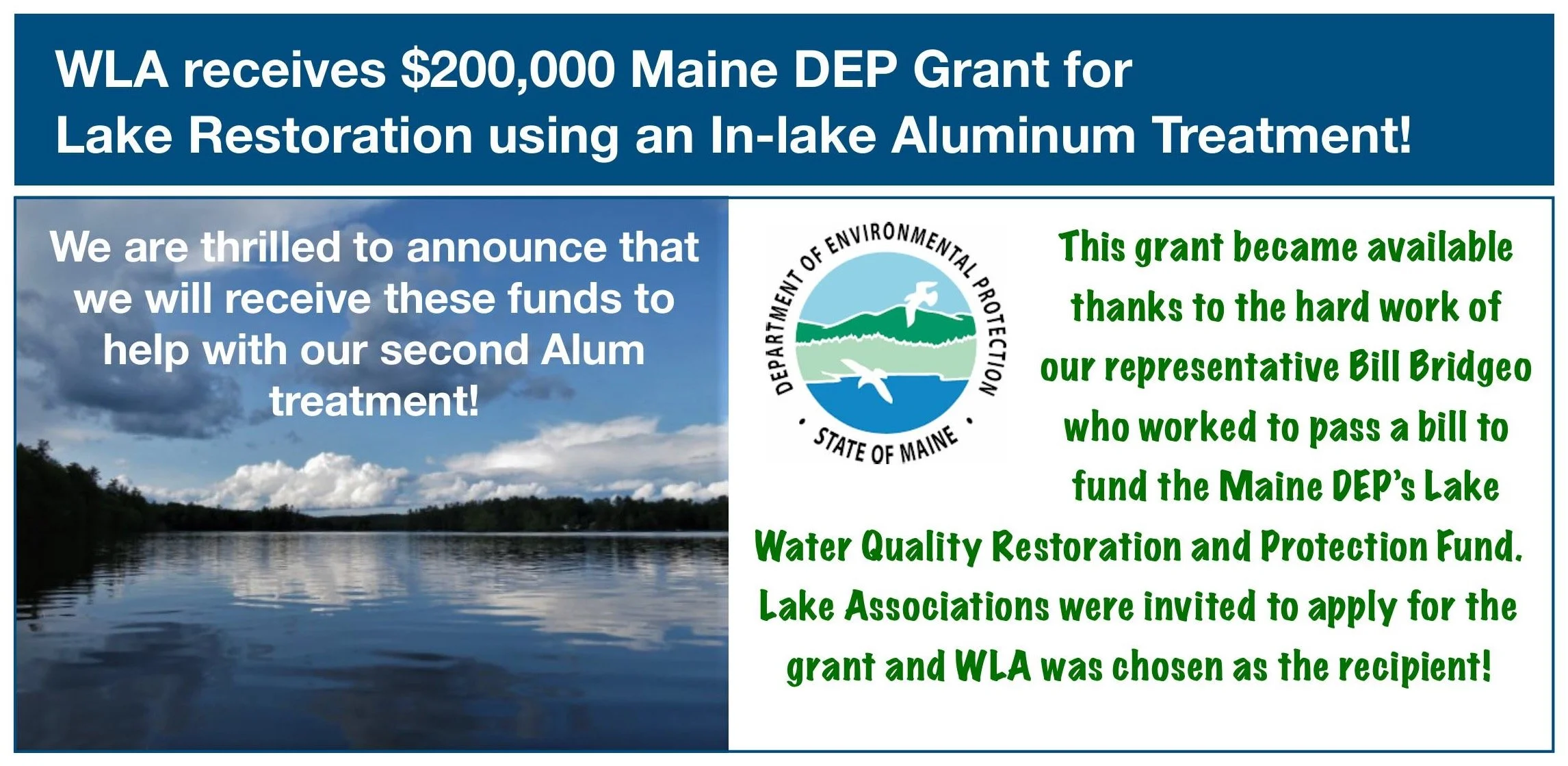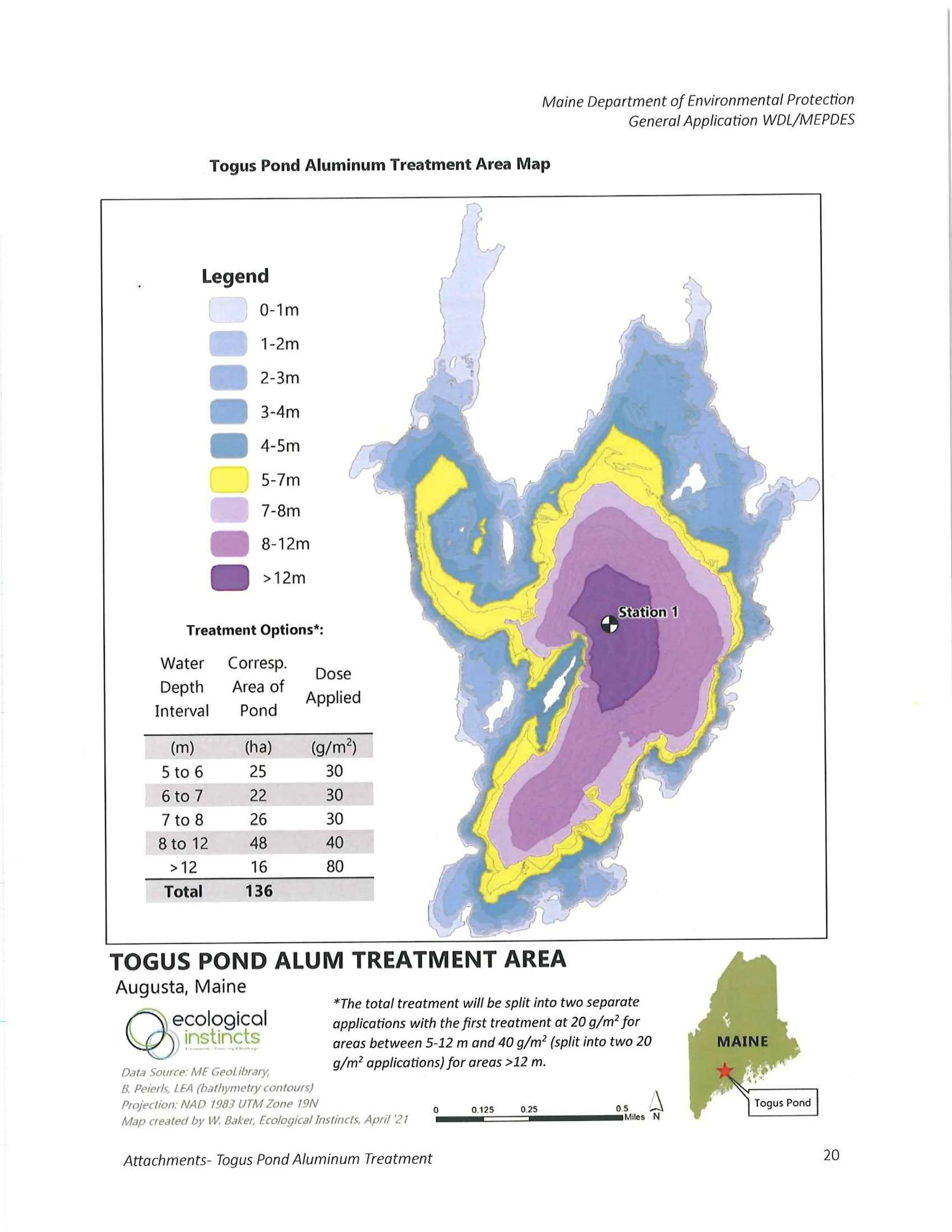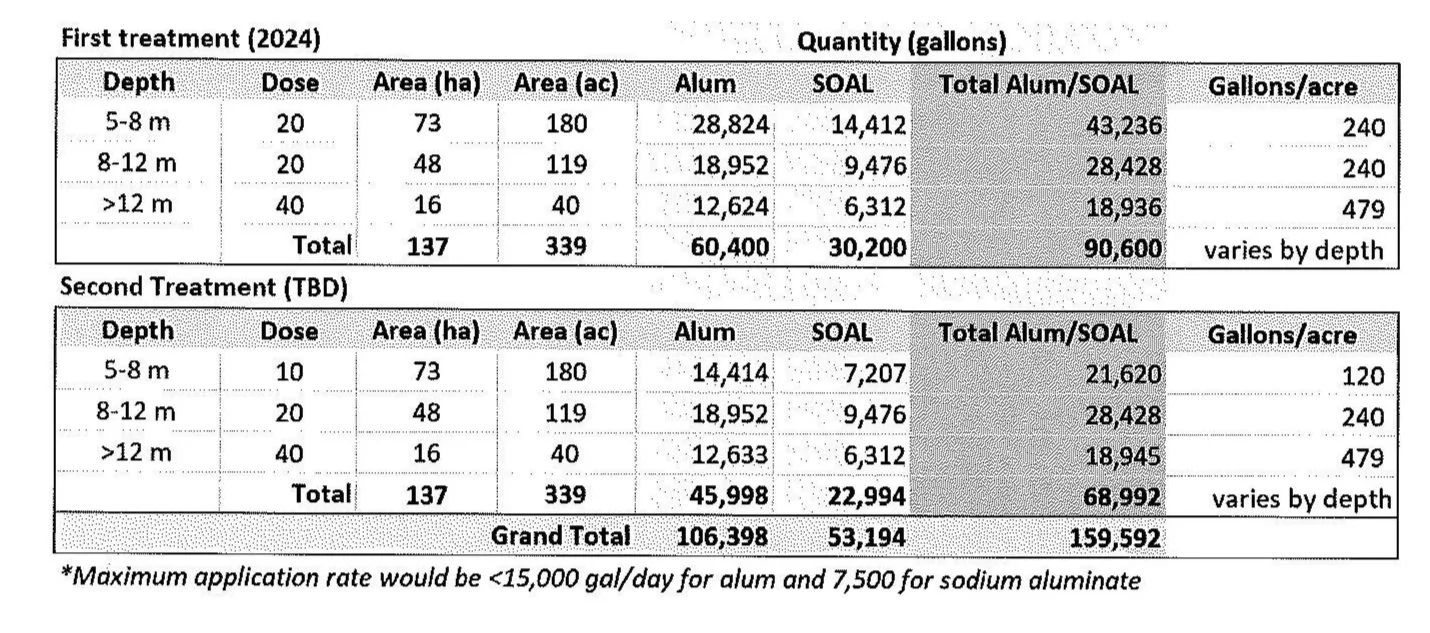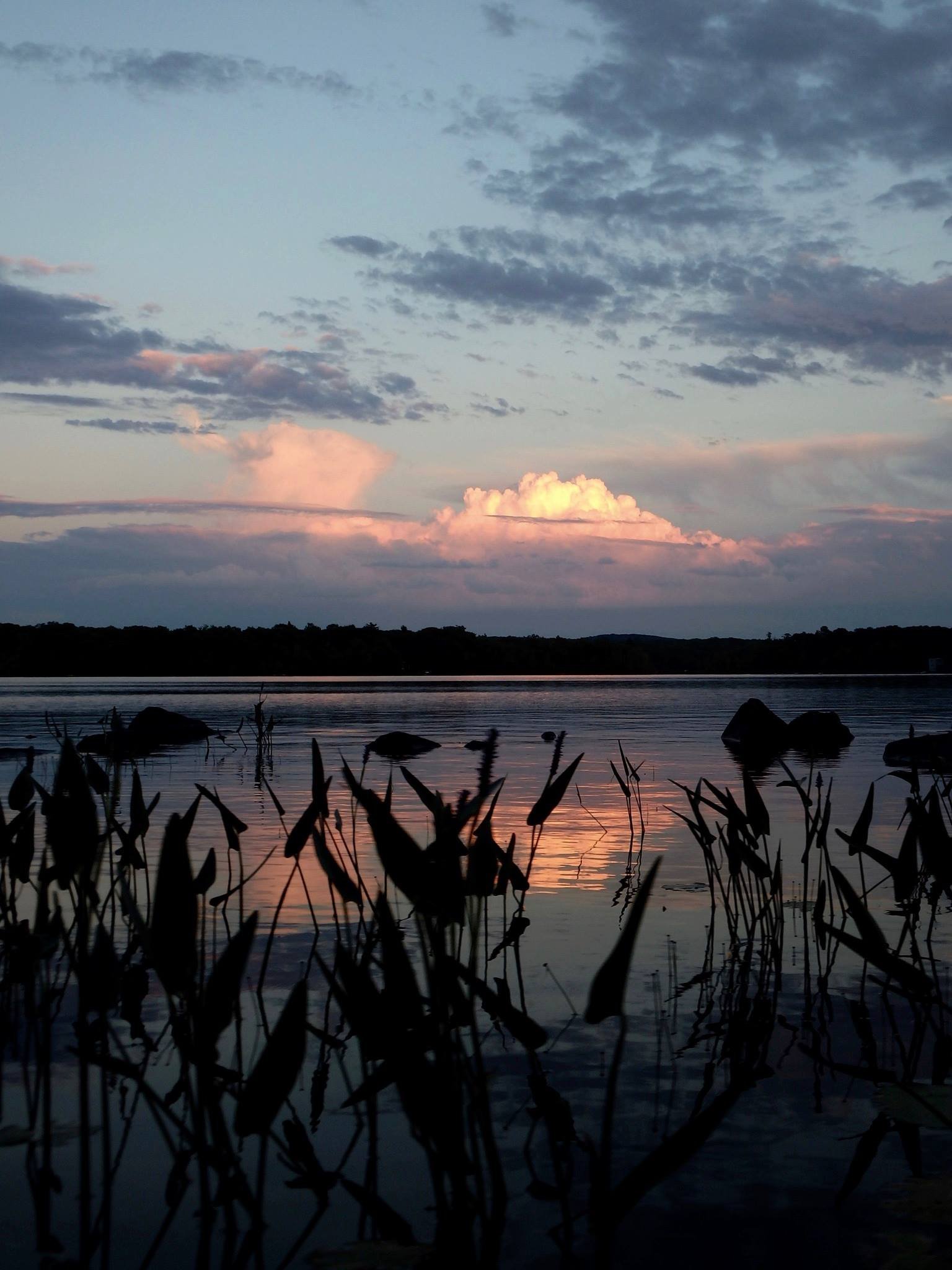
Togus Pond Restoration Project
Make your pledge today!
We all want clean water. The biggest threat to the lake is the hope that someone else will fix it.
Take a moment to view this inspiring video about the importance of protecting our lakes. The pond needs our help and it is our responsibility to take care of it and the wildlife it supports.
All of us who live on and use Togus Pond are here because of our love of the pond and the natural beauty it provides for us. The pond needs our help and it is our responsibility to take care of it and the wildlife it supports. Togus Pond is on the Maine Impaired Lakes Priority List.
Phase One was our recent scientific study, the Watershed-Based Management Plan. This was a 2-year study in partnership with Maine DEP, Ecological Instincts, Water Resource Services, and WLA. The complete report is available here.
The results of the survey indicated Togus Pond is high in phosphorus creating the perfect breeding ground for algae blooms. Since aluminum binds with phosphorus to keep it from feeding the algae, an Alum Treatment to correct the pond’s natural chemical balance is an appropriate way to alleviate Togus Pond’s algae blooms.
What’s Next? Phase 3 - Second Alum Treatment Planning!
On April 26, 2024 SOLitude Lake Management successfully completed the first treatment of approximately 340 acres of our 674-acre pond, half of the lake surface area, with aluminum salts (Alum and sodium aluminate) to control phosphorus. We saw amazing results of clear water all summer and fall. But our work is not done. Plans are underway for the second Alum treatment. This is an important part of the project, making the treatment more effective and will add longevity to the treatment.
We hope to do the next application sometime in 2026 depending on when we have the additional funds raised. Please make your pledge if you haven't already done so.
What is an Alum Treatment?
An Alum Treatment is a scientifically designed treatment that helps restore the lake’s natural chemical balance and prevent algae blooms.
Doing an alum treatment was recommended as a solution to inactivate phosphorus already in the water and at the bottom of the lake.
Success of East Pond Alum Treatment and what to expect for Togus Pond.
Listen to both of these recordings from speakers at two of our 2023 WLA Meetings. You will learn about the process, what to expect, and the similarities between our 2 lakes.
Edie Cornwall, President of the East Pond Lake Association came and gave a presentation on East Pond's Alum Treatment. This is a wealth of knowledge on the entire process they went through and the success of the treatment. She provides answers to a lot of questions about the treatment!
Jen Jespersen from Ecological Instincts gave a presentation at our Annual Meeting on what to expect with Togus Pond's Alum Treatment. Jen, who also did our 10 Year Watershed Based Management Plan, goes over details and answers questions.
Details of the Alum Treatment
Find out all of the details about what to expect for the Alum treatment by clicking the boxes above. The box on the left details the schedule and the box on the right is a recording of our 2024 Spring meeting with Doug Miller (WLA) and Dominic Meringolo from Solitude Lake Management going over everything to expect. Lots of great info!
We are on track working towards the second Alum Treatment with a goal of spring 2026! We have our permit in place from Maine DEP! We still need your pledge for the second treatment.
Once again we are partnering with SOLitude Lake Management to do the treatment. They are a trusted leader in the industry with years of experience and have a team of expert aquatic and fisheries biologists, ecologists, and environmental scientists.
We are also working with Maine DEP and Lake Stewards of Maine to oversee monitoring the water during and after the treatment.
Alum Treatment Area
The goal of the proposed aluminum treatment is to reduce the current internal phosphorus load in Togus Pond by 90% (186 kg/yr) by applying 30 g/m? of liquid aluminum sulfate/ sodium aluminate to the water column at water depths between 5 and 8 m, applying a treatment of 40 g/m? to depths of 8-12 m, and applying a treatment of 80 q/m? to all depths >12 m. The recommended dosage was determined by Dr. Ken Wagner of WRS, Inc. (WRS, 2021) based on an assessment of phosphorus mass and the sediment analysis conducted by Dr. Emily Lesher of St. Joseph's College. The Worromontogus Lake Association, who will be overseeing the treatment, anticipates dividing the treatment into two separate applications separated, by 1 to 4 years. Table 3 (below) provides an estimate of the quantity of aluminum sulfate (alum) and sodium aluminate (SOAL) needed for each treatment by depth and area. The maximum application rate would be <15,000 gallons/day for alum and 7,500 for sodium aluminate, and a total daily application rate of < 22,500 gallons.
The Cost to Restore Togus Pond: $800,000
$ 30,000 Phase 1 - Raised! Project completed.
$400,000 Phase 2 - Raised! 1st Alum treatment starts April 22, 2024 - completed.
$400,000 Phase 3 - To be raised by the end of 2025 for 2nd alum treatment in Spring 2026 or 2027
How will WLA raise the funds?
WLA is launching our "Last Big Push" campaign to raise the final $90,000 to complete the 2nd Alum Treatment!
Everything depends on each of us making a wise investment. By donating 2-3% of the assessed tax valuation of our properties, together we’ll raise $90,000.
With the State Grant covering half of the cost of the 2nd treatment we are confidant we can do this! We are grateful to everyone who has pledged their support for this project. Together we can do this! Make your pledge today.
Don’t live on the lake? The health of Togus Pond is important to the whole community! We still need your help. Please consider supporting this project with a donation today!
-
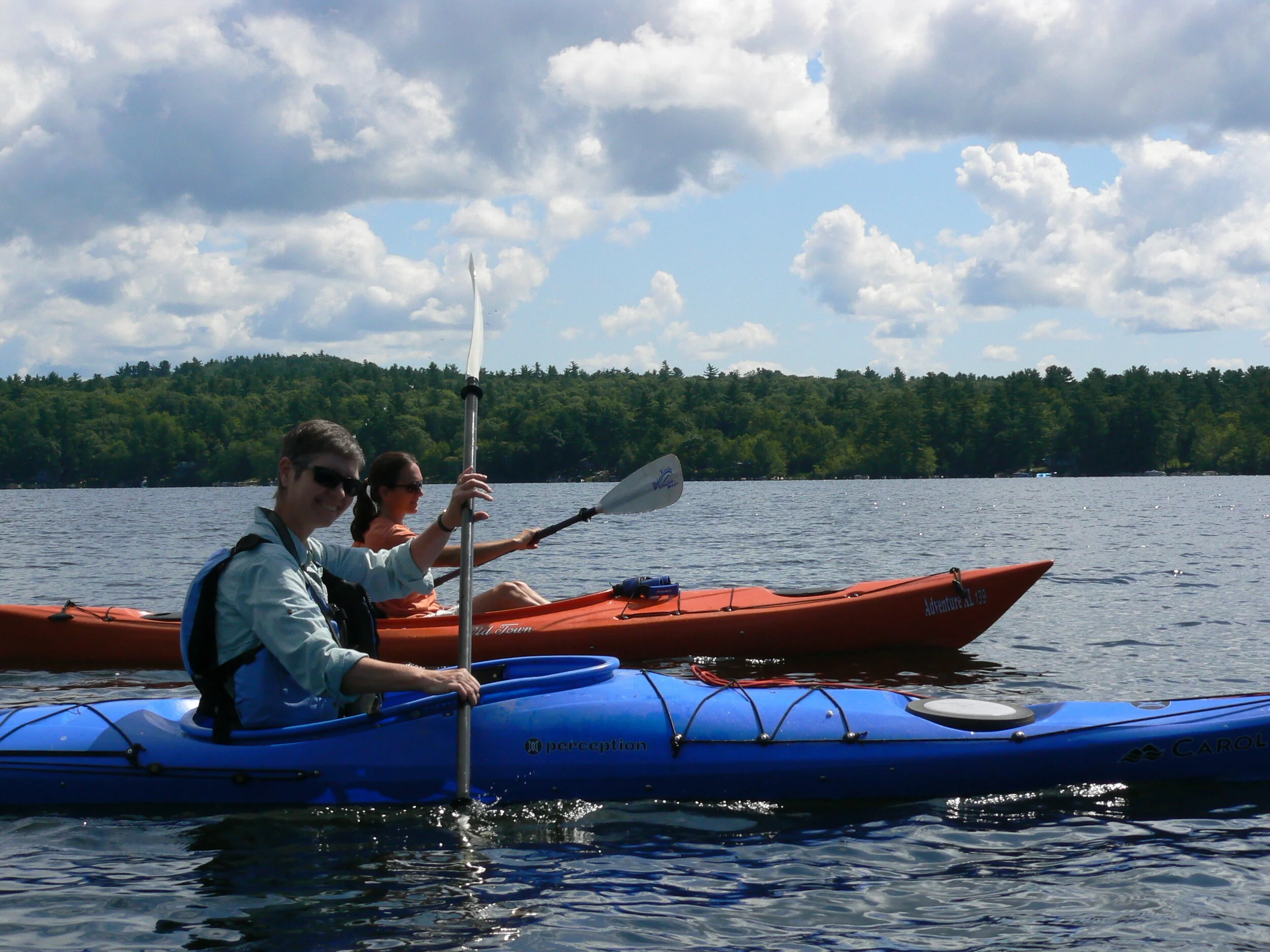
How to make your pledge
It’s simple and easy to make your pledge. By pledging early you help us know where we are in the campaign planning. Please make your pledge today!
-
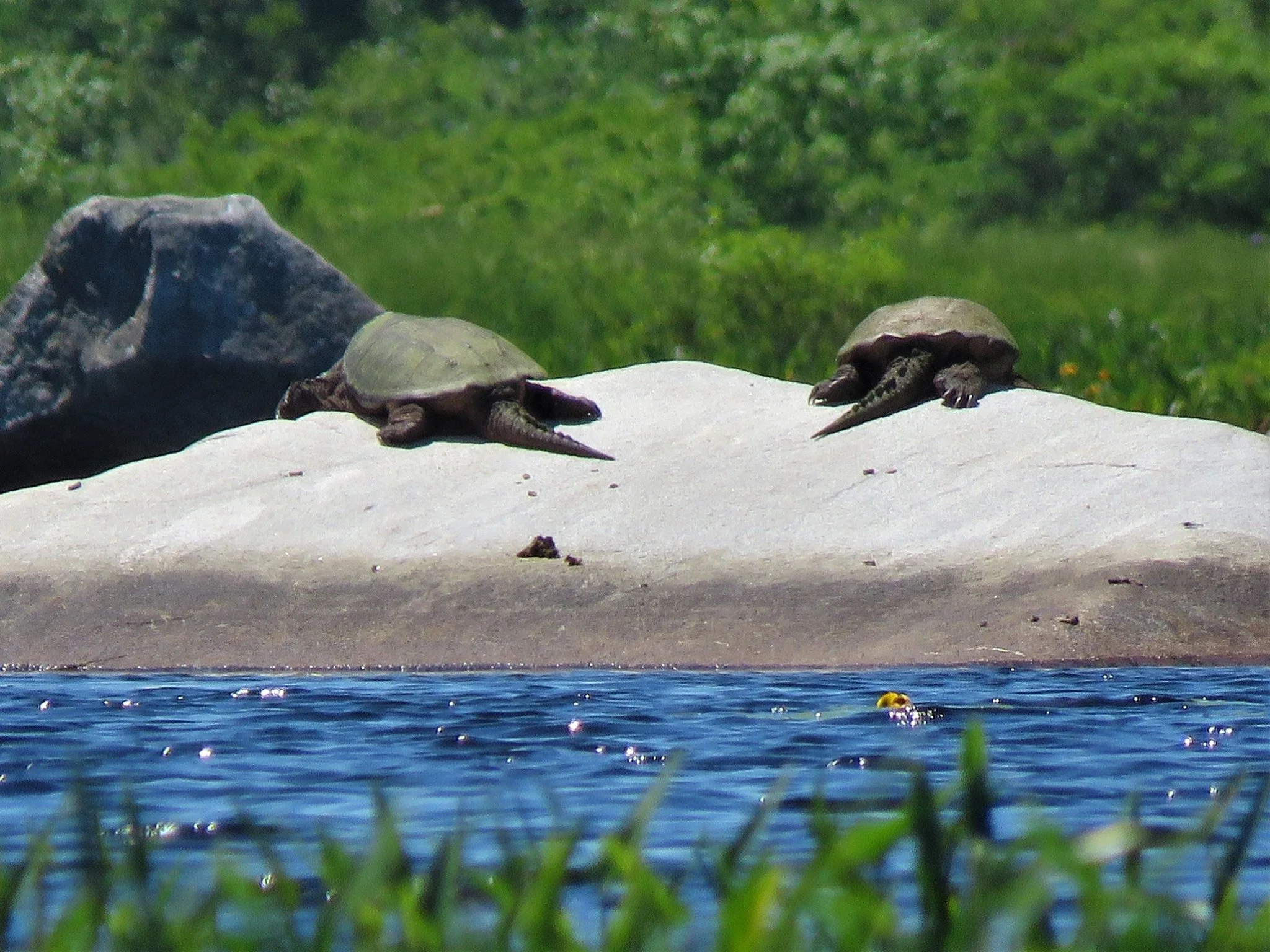
FAQs
We know you have lots of questions and we’ve tried to answer them here. Find out more about the science and details of the Alum Treatment.
-

What you can do now!
There is a lot you can do now to help protect the lake! Become a volunteer. Join the lake association. Participate in the LakeSmart program.
